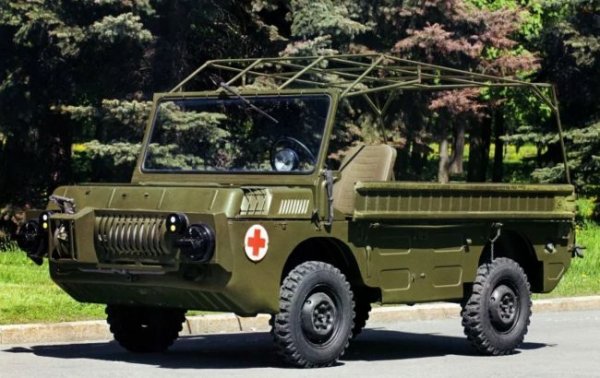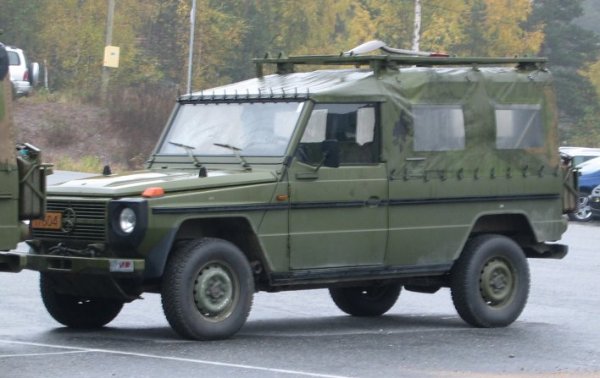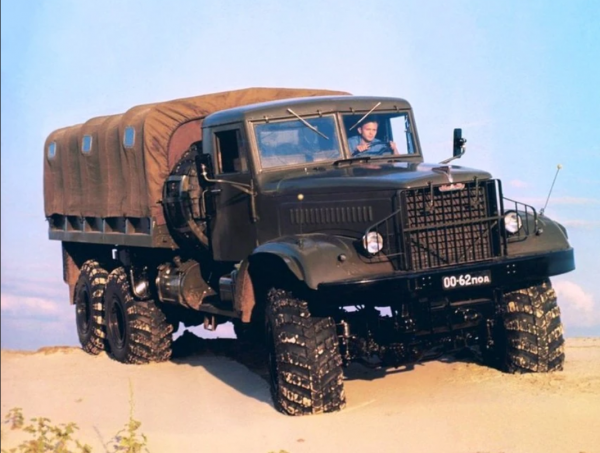
Photo: Key features of army vehicles (archive photo) Author: Konstantin Shirokun
Why do military personnel need special transport, since their task is often the same as that of civilians – to transport cargo from one place to another? We tell you about the difference between regular and military vehicles.
Read about the subtle but fundamental differences between army vehicles in the RBC-Ukraine article.
Even now, when Ukrainian citizens are closely familiar with war and its manifestations, we do not fully understand why the army needs some special, specialized vehicles in the first place.
Versatility
All modern armies of the world use mainly special vehicles. At first glance, it may seem strange that even when transporting ordinary cargo such as food, uniforms, building materials or spare parts, ordinary trucks are almost never used. But from the military's point of view, this is a normal phenomenon. Because today a truck serves, say, a kitchen or repairs a barracks, and tomorrow there will be explosions nearby and it will go, say, to deliver missiles for multiple launch rocket systems. Consequently, all army vehicles are trying to be made universal – that is, adapted for many tasks and many conditions. And conditions, first of all, are harsh.

For off-road
The military tries to have most of the vehicles in their vehicle fleets with increased cross-country ability – these are either models with all-wheel drive, or three-axle and four-axle trucks with 6×4 or 8×4 transmission. After all, during battles, any military vehicle will have to drive on a buggy, a snow-covered field, or even along the bed of a rocky mountain river. Accordingly, command, reconnaissance, communications and other mobile vehicles in units must have 4×4 drive – on all four wheels plus high ground clearance.
Yes, because of this, military models are less suited to high-speed movement on highways, but what is more important to them is the ability to maintain a relatively high speed on bad roads and off-road.
Safety margin
Durability is not what military vehicles need, because in war the vehicle can come under fire before it wears out physically. And with a large resource, the manufacturer can save money by spending it on another characteristic that is really important for war – endurance, safety margin. The ability of military equipment to withstand excessive loads, rough handling and operation in adverse conditions is one of its most important qualities.
And in fact, this is one of the most important differences between a civilian car and an army car: any family car needs reliability, while strength and endurance are secondary.

Maintainability
A military vehicle would benefit from such a characteristic as the ability to be quickly and easily repaired. This is one of the reasons why military vehicles generally do not have complex designs – even though in some cases some rich countries afford automatic transmissions on military trucks, and cabins made of composite materials, and expensive arched tires.
In general, military vehicle designers do not refuse to use electronics, although sometimes they add a backup module – electromechanical – in case of breakdown or damage. In addition, there are traditional solutions to increase the survivability of army vehicles in combat conditions. For example, a windshield made of two identical halves (for example, Humvee, UAZ-469, M939), two identical drive axles, two identical wheel suspensions (DKW Munga).
In brief
If you look at military vehicles detachedly and impartially, they are the most honest machines of all. After all, they do not pander to fashion trends, do not obey environmentalists and glamorous bloggers, and do not pretend to like the consumer. They are truly what the main customer needs – the military, who are not affected by advertising techniques and marketing tricks.
In preparing this article, materials from Autobild and Autocentre were used .
Let us recall that RBC-Ukraine recently reported why pedestrians are not always right.
